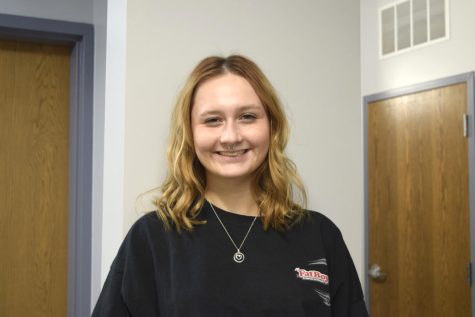A phenomenon known as underground climate change, or “subsurface heat islands,” is sweeping across dense urban areas and impacting major cities, such as New York, Chicago, and London.
Underground climate change has been known to cause ecological issues like contaminated groundwater, and health issues such as asthma and heatstroke, according to news.northwestern.edu.
Alessandro Rotta Loria, an assistant professor of civil and environmental engineering at Northwestern University, said the problem of rising heat underground is “the direct consequence of human presence on Earth and a direct consequence of building our structures.”
Loria set out to discover just how much this heat would affect public health, building structures, and public transportation.
Loria and his team installed a wireless network across the Chicago Loop consisting of more than 150 temperature sensors both above and below ground. Sensors were placed in the basements of buildings, subway tunnels, underground parking garages and subsurface streets.
In order to compare results, the team had to bury sensors away from buildings and underground transportation systems in Grant Park, a greenspace along Lake Michigan.
The wireless sensing network produced data indicating underground temperatures below the Chicago Loop are 50 degrees Fahrenheit warmer than temperatures below Grant Park. Air temperatures in underground structures were found to be up to 77 degrees Fahrenheit higher than undisturbed ground temperatures.
Since materials expand and shrink with temperature change, Loria believed that heat from basements and tunnels could be contributing to wear and tear on various structures. This poses a threat to public health and infrastructure.
As the heat spreads, the ground also deforms, which can cause city structures and infrastructure to crack. Researchers have previously worried about the potential of sinking cities due to heavy building loads, and the spread of heat like this can cause similar displacements.
Loria’s team found that the overall ground temperatures of Chicago are rising by 0.25 degrees F each year, with readings in certain underground locations up to 27 degrees Fahrenheit hotter than undisturbed ground.
Loria used a computer model in order to simulate underground environments from the 1950s until now, as well as to predict the change of conditions from now until 2050.
This simulation showed that by the middle of the century, particular areas below the Loop may move upward by as much as 0.47 inches or settle by as much as 0.31 inches. This depends on the soil composition of the area involved.
Despite these displacements seeming small, Loria says they could cause cracks in the foundations and walls of buildings. These cracks can lead to water damage or buildings tilting.
Kathrin Menberg, a geoscientist at the Karlsruhe Institute of Technology in Germany, says these displacements could be linked to Chicago’s soft, clay-heavy soils.
“Clay material is particularly sensitive,” Menberg said. “It would be a big issue in all cities worldwide that are built on such material.”
Many cities built on such material are near oceans and rivers. For example, London is built on a layer of clay. In comparison, cities built mostly on harder rocks, such as New York City, would not be as impacted by this effect.
“For a lot of things in the subsurface, it’s kind of ‘out of sight, out of mind,’” says Grant Ferguson, an engineering geologist at the University of Saskatchewan.
“Similar to climate change above the surface, these underground changes occur over long periods of time,” according to scientificamerican.com. The effects took decades to develop, therefore, elevated underground temperatures would very likely also take a long time to dissipate on their own.
“We could basically turn everything off, and it’s going to persist there, the temperature signal, for quite a while,” Ferguson said.
On the bright side, this wasted energy has the potential to be harnessed, all while cooling down the subsurface and saving on energy costs. One idea is to retrofit subway tunnels and basements with geothermal technologies to recapture the heat. For example, water pipes that run through underground hotspots could be installed to pick up some of the thermal energy. While that energy may not be hot enough to create steam or electricity, it could still be used to heat buildings and other civil infrastructure.
This approach would require a high up-front cost and, in the case of the Chicago Loop district, may add up to less than 1% of local energy demand.
This math is subject to change, as aboveground climate change continues to intensify underground warming. In a world that’s warming up, buildings will require more electricity to stay cool, therefore generating more wasted energy.








